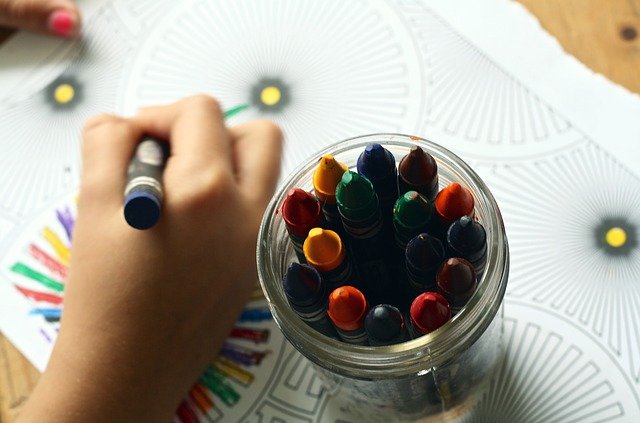Art education and art history at the kindergarten level is an opportunity for a child to grow. Having prepared lessons for art projects for kindergarten allows you to focus on the project and not the lesson plan. Well-written lesson plans make the projects fun and the focus on creativity.

First, you want to look at the modern artist and discuss their work. Modern artists do not have the same sort of restrictions as old masters. This is more freeing for the child that is first learning about art.
The modern artists that are most studied includes:
- Claude Monet. His work is characterized by painting in the Impressionistic way. Monet worked with light and often painted the same subjects under different light.
- Vincent Van Gogh. Van Gogh was known for his thick brushstrokes and fluid paintings.
- Henri Matisse. Matisse used bright colors and painted island life with the colors reflected from the light.
- Piet Mondrian. Mondrian’s work is geometrical, with primary colors.
- Pablo Picasso. Picasso painted figures and faces in abstract ways.
- Georgia O’Keeffe. O’Keeffe painted nature, very close up and in abstract ways.
- René Magritte. Magritte put together things that made no sense. There is a lot of freedom in this sort of whimsy.
- Jackson Pollock. Pollock had a technique where he splattered paint. What is the final creation? That is something the viewer decides!
- Andy Warhol. Warhol took household items like a soup can or clothing detergent boxes and created art. He often would repeat the same painting, but with bright colors, in different places on the painting.
A Blueprint of Questions About Modern Masters
When looking at the modern masters work of art, you will want to have a framework of how to discuss each artist.
First, you will want to find out the name of the artist. Where are they from? When did they do their work?
Second, select a work or two to discuss. More than four or five pieces of art can be overwhelming. Next, discuss each work and explain why they are so important. Point out details like brushstroke or perspective. Don’t forget to mention the color palette and how color is used to express emotion, and show light.
Third, is a general discussion of an art movement. For example, with Monet, you may have other Impressionistic works that you can compare. This helps you further discuss the art movement.
Lastly, each of these modern masters are ahead of the curve. What are their contemporaries making during this time? How does this compare and contrast to the master’s work?
How Art And Modern Masters Can Foster Creativity
One of the main reasons you will want to teach your kindergarten aged child about the modern masters is that it fosters creative thinking.
Avoid any academic training. Younger artists need to learn to experiment and to enjoy creativity. This is an opportunity to think out of the box and experiment.
Creative students later become more collaborative, empathetic and self-aware. These are skills honed by learning about modern masters and making their own art.
Be sure to host exhibitions of art. Don’t forget to consider groups of one type of art or of the same subject. One fun exhibition idea is to take the same object, but make art influenced by the art style of the modern master.
